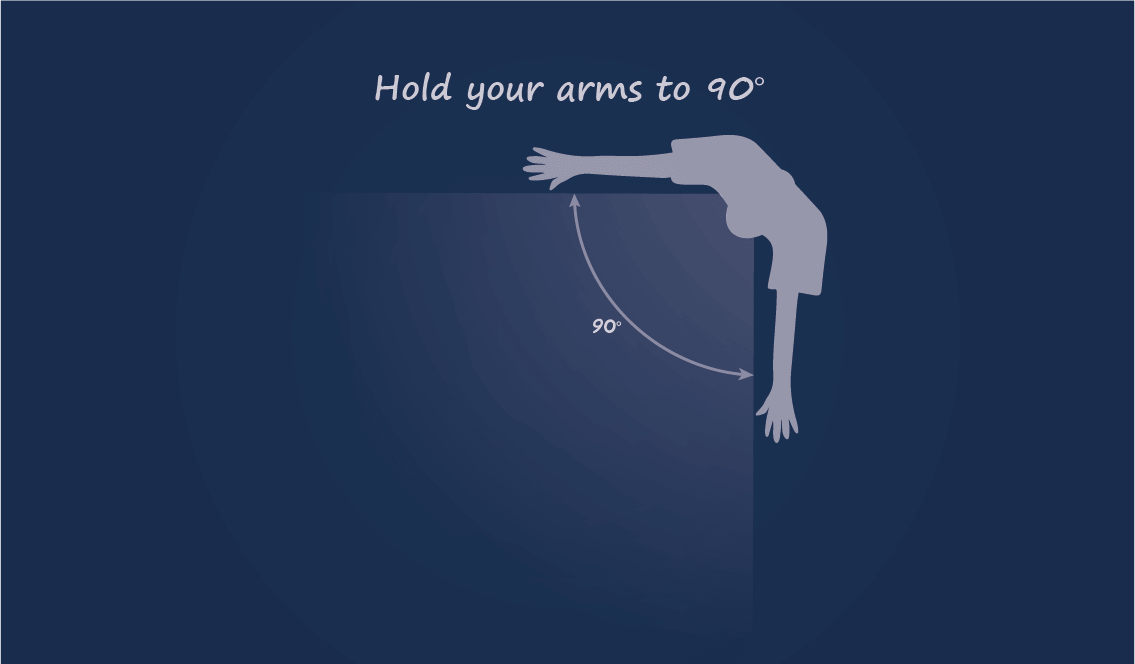Mini security cameras are one of the most used ways to secure your property safely and effectively. They act as a deterrent in their own right, stopping intruders before they even enter your property because they know they are likely to be caught on video. They help law enforcement identify perpetrators after a theft has occurred. Perhaps most importantly they provide peace of mind, you can rest easy knowing your home is secure and your loved ones are safe.
We like spy stuff, the clue is in the name, and there’s a mini spy camera for every purpose on our website. We’ve got a mini camera in a clock, another micro camera in a smoke detector, and we've even got a mini spy camera small and powerful enough to turn any household item into a security camera. But these are all indoor devices to monitor what's going on inside your home. And while this is valuable, many of our customers want to find out how to secure the outside of their homes.
That’s what this guide is for. We’re going to take you through a few of the tips and techniques used by professional security installers so that you can come up with a security plan for your home by yourself. Or at least know you’re not overspending when you have a camera installer around to give you a quote.
Visible Security Cameras with Night Vision
First let's take a look at visible mini security cameras, the kind you might see inside a commercial building or on the outside of domestic properties. We’ll have a quick look at the type of camera you should be looking at and the various types of layouts used by professionals to ensure maximum coverage and eliminate blind spots.
The aim of the game is to use as few cameras as possible (because everything costs money) to cover as many important areas of your property as you can. You also need to ensure that none of your cameras can be disabled or vandalized without that camera, or another in your system, covering the intruder’s approach.
Of course, every site is different so it is impossible to pick a one-size-fits-all layout but there are a few tactics that professional installers use that we are going to share with our awesome readers. So take out a map of your site and let's get cracking.
What Type of Security Camera Should You Buy?
We get this answer a lot, and the unsatisfying answer is, it depends. Different cameras have different applications. Some cameras are great at night, others are more visible and intimidating to put off burglars, and others have zoom features or different lens options. The number of choices available when it comes to security cameras can be overwhelming so let's try to narrow it down.
In general, to secure your home you want relatively inexpensive cameras that don’t need to be monitored all the time; that have a range good enough to cover your property; and are visible enough to put off criminals but not so obvious that your home looks like Fort Knox.

A standard, non-zoom security camera with a 3.6mm lens has a 90-degree field of view and a useful range of about 60 feet depending on the quality of the sensor. A 2.8mm lens has around a 110-degree field of view so it covers a little wider angle but after about 40 feet you will start to see a lot of distortion similar to the distortion you get from a fisheye lens which really makes it difficult to identify intruders. We would only recommend these wide-angle lenses in enclosed areas like a porch where the subject is always very close to the camera.
We prefer dome cameras as opposed to bullet cameras for domestic applications for a number of reasons. The first is that they are less visually intrusive than the alternatives. They are also fully contained in a weatherproof, tamper-resistant casing which keeps the intruder guessing as to what direction the camera is looking in. This means an intruder can never be sure what direction to approach the building from so these domes act as a great deterrent.
The quality of the camera sensor will determine how far you can see. Some mini security cameras have zoom lenses but these need to be controlled by someone in real-time, so they are not usually useful for domestic applications. Think about the lighting conditions in the area you are placing your cameras. Most modern security cameras have infrared, night vision capability and will have their effective range listed in the datasheet. Since most home invasions and burglaries happen at night, this is a number you should really pay attention to. We recommend getting cameras with a range of at least 40 feet in darkness for outdoor use and 20 feet for indoor use.
Security Camera Placement
A good rule of thumb is to install visible security cameras 10 feet off the ground. This is high enough that they cannot be reached easily without a ladder; making them difficult to tamper with. And low enough that they get a decent view of peoples’ faces, rather than the tops of their heads.

The next tip we have for you uses some pretty sophisticated technology, your own arms. When you are drawing your camera location plan you will want to know how much area the camera will cover. Stand where you are planning to put the camera and point your arms out with a 90-degree angle between them. The area between your arms is the area that your camera will see.
Putting a camera in the middle of a wall is often a mistake because someone can sneak up in the camera’s blind spot and disable it. If the camera has a 90-degree field of view and it faces straight out from a wall then there will be two big blindspots at 45-degree angles so anyone can creep up along the wall and disable the camera unobserved.

Only place a camera in the middle of a wall if the blind spot is covered by another camera. This is great advice for the placement of any camera. You don’t want your footage to blink to black and have absolutely no idea who has disabled your camera and penetrated your security.

You can put the cameras back to back in the middle of the wall if you absolutely need to. If, for example, the wall is so long that a camera placed on the corner would be too far from an area of interest, like a door or window, to be of use.

One of the most useful tips is shown in the diagram above. If you want to fully secure all four sides of a square building you can use this camera layout. One camera covers the blind spot of another, covers the blind spot of the next, and so on so no camera can be interfered with or disabled without the other camera seeing.
It also minimizes the weakness of the security camera’s field of view. Align one side of the 90-degree angle down the wall of the building and the other will naturally cover the area in front of that wall.
We know that not all homes are perfect squares, but try to apply the general principles and note that a camera placed inside a 90-degree corner will see everything between those walls and cannot be approached unobserved. Some areas like the front and rear doors are more vulnerable access points so try to place cameras on or near them if possible.
Key Takeaways
- Use cameras that are appropriate to the site.
- Draw a site plan to use as few cameras to cover as much ground as possible.
- No camera should be approachable without being seen by itself or another camera.
- Identify easy access points for intruders and position cameras accordingly.



